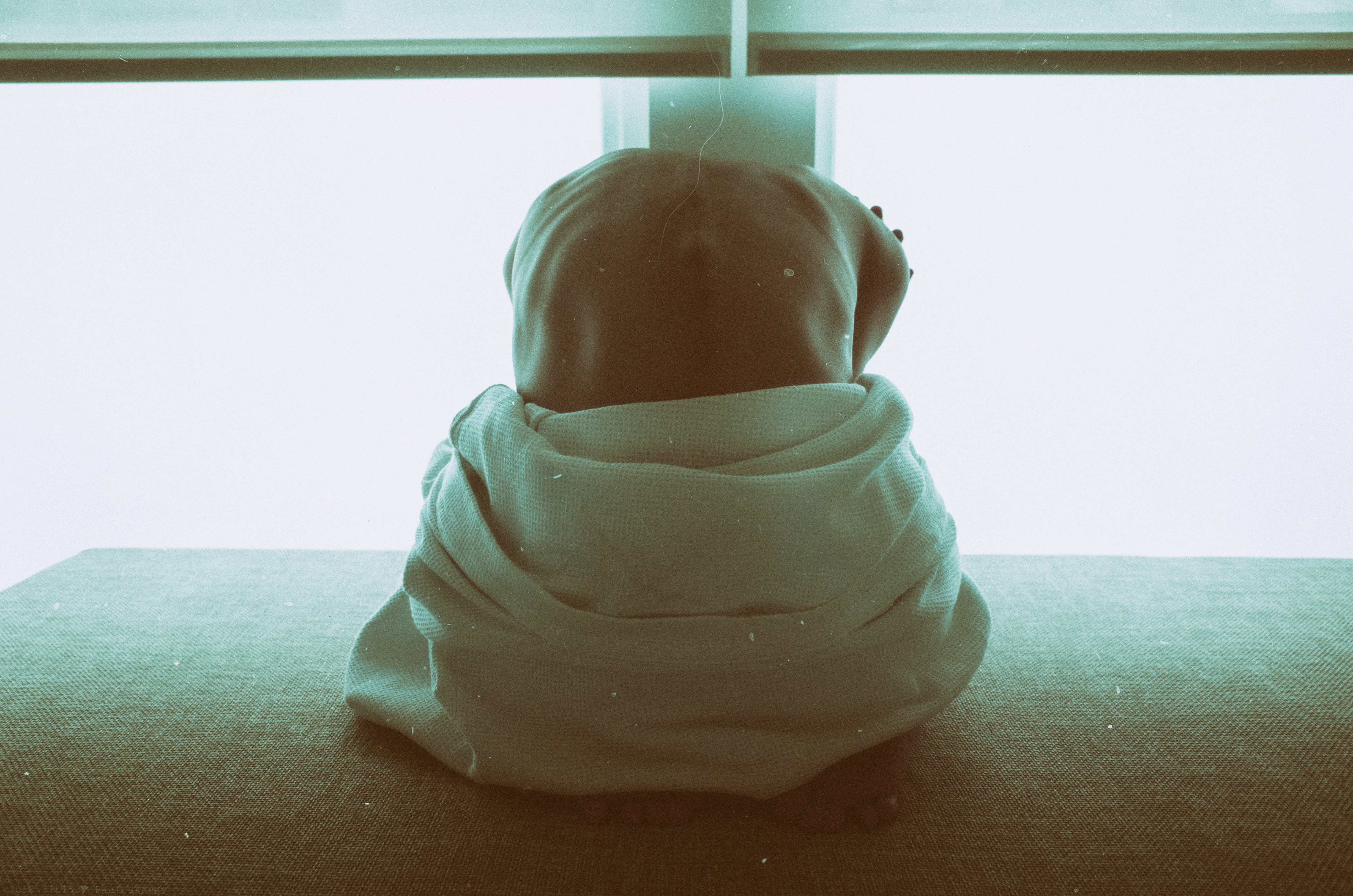3 Tips to Reduce Stress at Home to Manage Chronic Pain
 For people living with chronic pain, trying to find ways to manage it often becomes a daily struggle. But, focusing solely on the physical aspects of chronic pain is not going to make it dissipate because studies show that chronic pain also is caused by stress and emotional issues.
For people living with chronic pain, trying to find ways to manage it often becomes a daily struggle. But, focusing solely on the physical aspects of chronic pain is not going to make it dissipate because studies show that chronic pain also is caused by stress and emotional issues.
There is a strong correlation between mental health and chronic pain. When our stress levels become too high for our mind and body to manage, our stress begins to manifest itself in physical ways. These may include: muscle spasms, back and neck pain, stomach pain. One reason stress exacerbates chronic pain is that people with anxiety and stress have tense, constricted muscles that cause them to become fatigued and inefficient. Chronic pain sufferers are wise to take steps to rework their home lives to reduce stress and better manage their chronic pain.
Cut Out the Kitchen Clutter
Families spend a great deal of time in the kitchen, which is why counters often are covered with mail, keys, school work, newspapers, and everything else that people drop when they enter the home rather than taking the time to put in the correct place. Additionally, as Health.com points out, kitchens can put our senses on overload because they are full of scents, sounds, and bright colors: “Walk in and ask yourself how each of your senses is engaged. If all five senses are in overdrive, look for ways to shift the balance. Repaint it a more soothing color. Add texture with a throw rug and cushions, or turn on some soft music instead of a kitchen television.” Another recent article at jenreviews.com lists 15 kitchen designs to improve your kitchen.
Another way to cut kitchen clutter to reduce stress and better manage chronic pain is to keep it as organized as possible. First make sure everyone in the family has kitchen chores to keep the clutter – and the added stress it brings – to a minimum. There are several quick kitchen organization hacks you can implement to reduce clutter such as organizing snacks in baskets, adding shelves to empty spaces to organize frequently used dishes, creating an entryway organization station for kids’ school bags, mail, and keys, and making separate spaces for kitchen activities.
Paint the Walls Soothing Colors
The tip from Health.com about soothing wall colors is a good one, as bright colors can over-excite you and even make it more difficult to relax. If your bedroom walls are too bright, you will have a more difficult time falling asleep. HGTV and DIY Network design experts suggest painting your walls in shades that will minimize your stress: blues and grays are among the most soothing colors. The key is to stick to earth tones and choose colors that are found in nature. Experts also recommend that you mix relaxing colors with warm wood colors and soft whites to make your home as serene as possible.
Separate Your Workspace from Your Bedroom
If you’re like most Americans, you have difficulty separating your work life from your home life. Blending work and home increases stress, and one mistake many people make that increases stress and worsens chronic pain is working in the bedroom. Leaving work-related activities out of the bedroom and creating separate spaces for work and sleep is a crucial part of reducing stress at home.
Your bedroom should be a relaxing area that enables you to unwind and get a good night’s sleep. If you work in bed, you prevent your body from following its natural reaction of relaxing and falling asleep. You also make it harder for yourself to focus on your work because you are trying to concentrate in a room that naturally invites rest and sleep. Working in bed also leads to poor posture, which worsens chronic back and neck pain.
Exercise Caution with Any Medication
If you are taking prescription opioids for your chronic pain, you will find they can’t work as effectively when you make your pain worse by maintaining high levels of stress at home, so stress reducing tactics are extremely important.
Exercise caution while taking prescription medication, because as you are likely aware, you can easily become addicted to them. The most commonly abused opioids are among the ones most commonly prescribed. Exercise extreme caution and remember to manage stress (and take care of yourself!).
By doing what you can to minimize your stress, you will make a difference in your chronic pain symptoms. If your stress becomes too much and you find yourself dealing with depression and/or anxiety that you are unable to manage, it’s a good idea to look to a counselor for support. What you can manage is keeping your home organized, making your home a soothing space, and avoiding work in the bedroom.
This is a special guest blog by Jackie Waters. Her website is Hyper-tidy.com and can be reached at jackie_waters@hyper-tidy.com.
Image via Pixabay by Pexels


